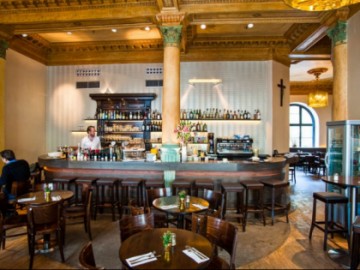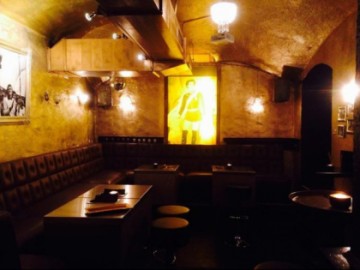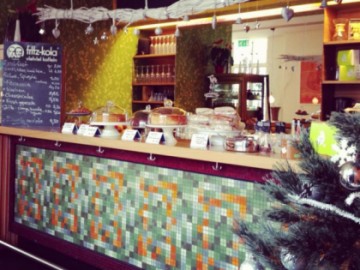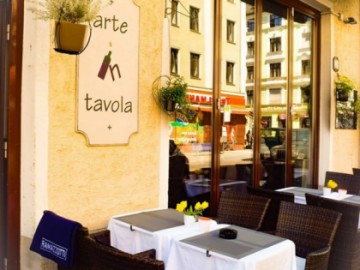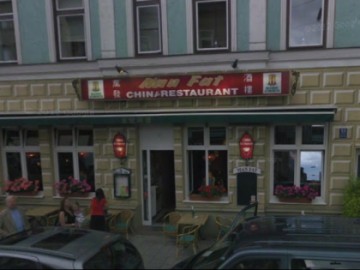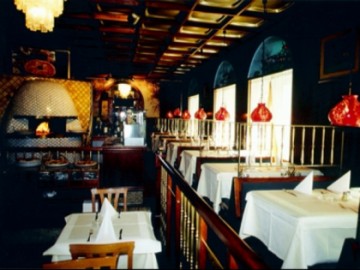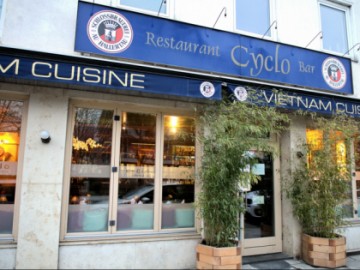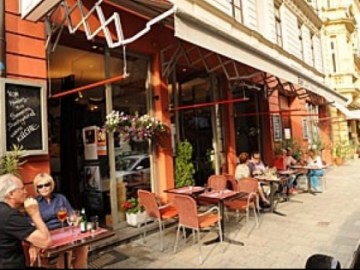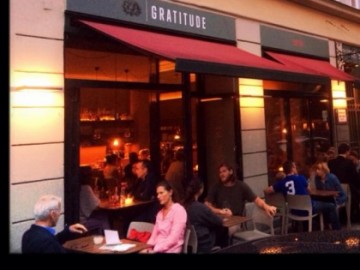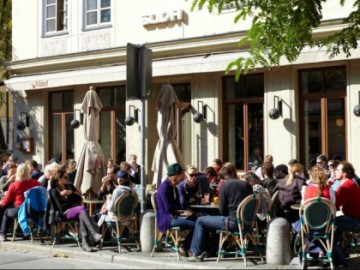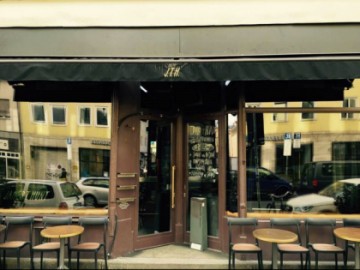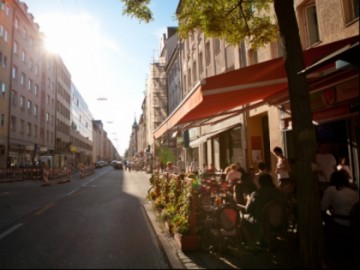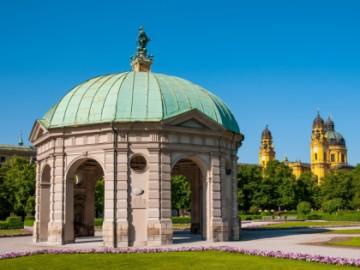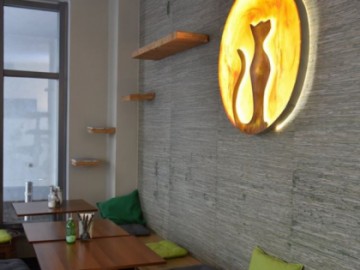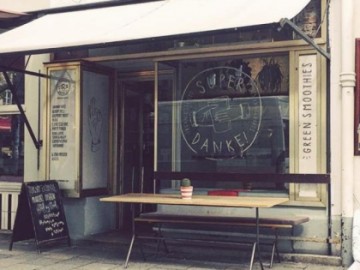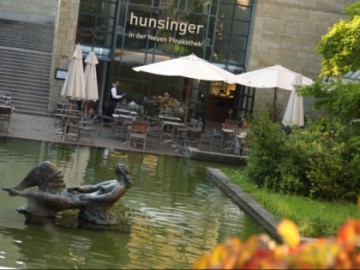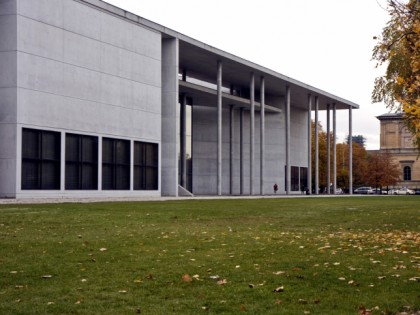New Pinakothek. The First Gallery of Contemporary Art
In 1825, the future King of Bavaria, Ludwig I, bought with private funds paintings of young artists who wanted to renew art. "The Holy Family" (1818) by Friedrich Wilhelm von Schadow, "Portrait of Portrait of Marchesa Marianna Florenzi" (1824) by Heinrich Maria von Hess and "Italy and Germany" (1832) by Johann Friedrich Overbeck formed the core of a rapidly growing collection of contemporary painting. In 1853, the New Pinakothek opened opposite the Old Pinakothek. This is the first museum where works by European artists from the age of Enlightenment to the early XX century - from Goya and David to Van Gogh and Cezanne -found their place. In 1944, the Neue Pinakothek building was badly damaged during the air raids. After the war, some of the works were temporarily exhibited in Munich's House of the Arts (Haus der Kunst). It took decades before the collection of contemporary art again became available for viewing. In 1981, the Neue Pinakothek gained a permanent building. Sculptures are also presented in it in addition to paintings.
